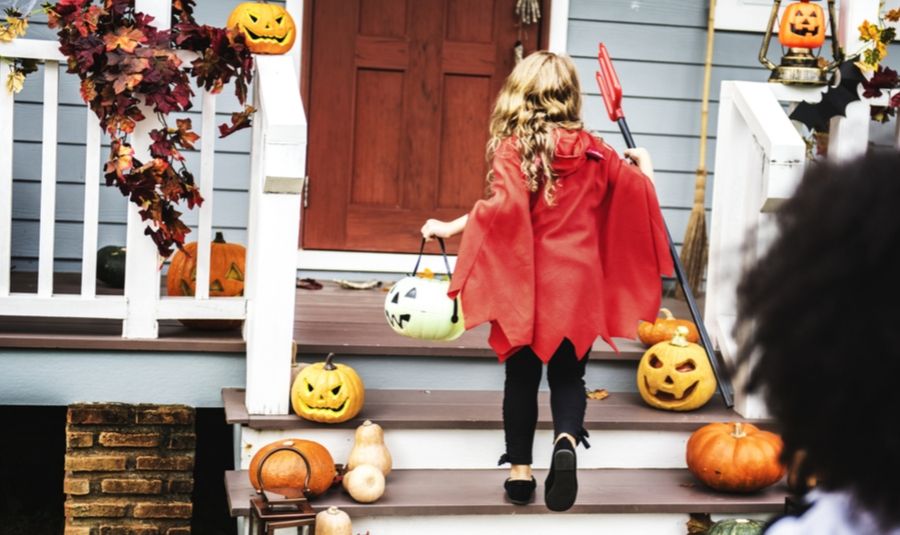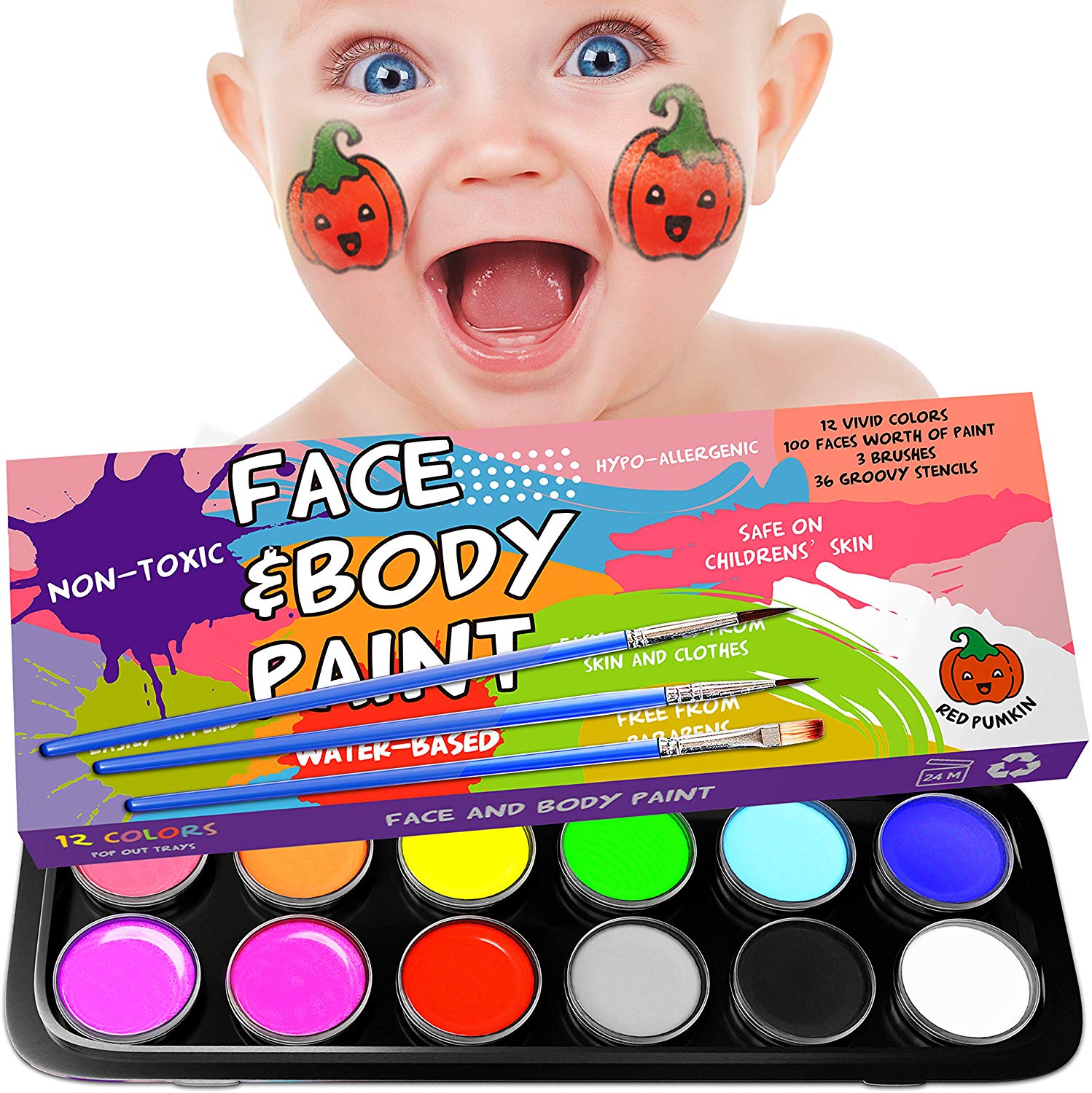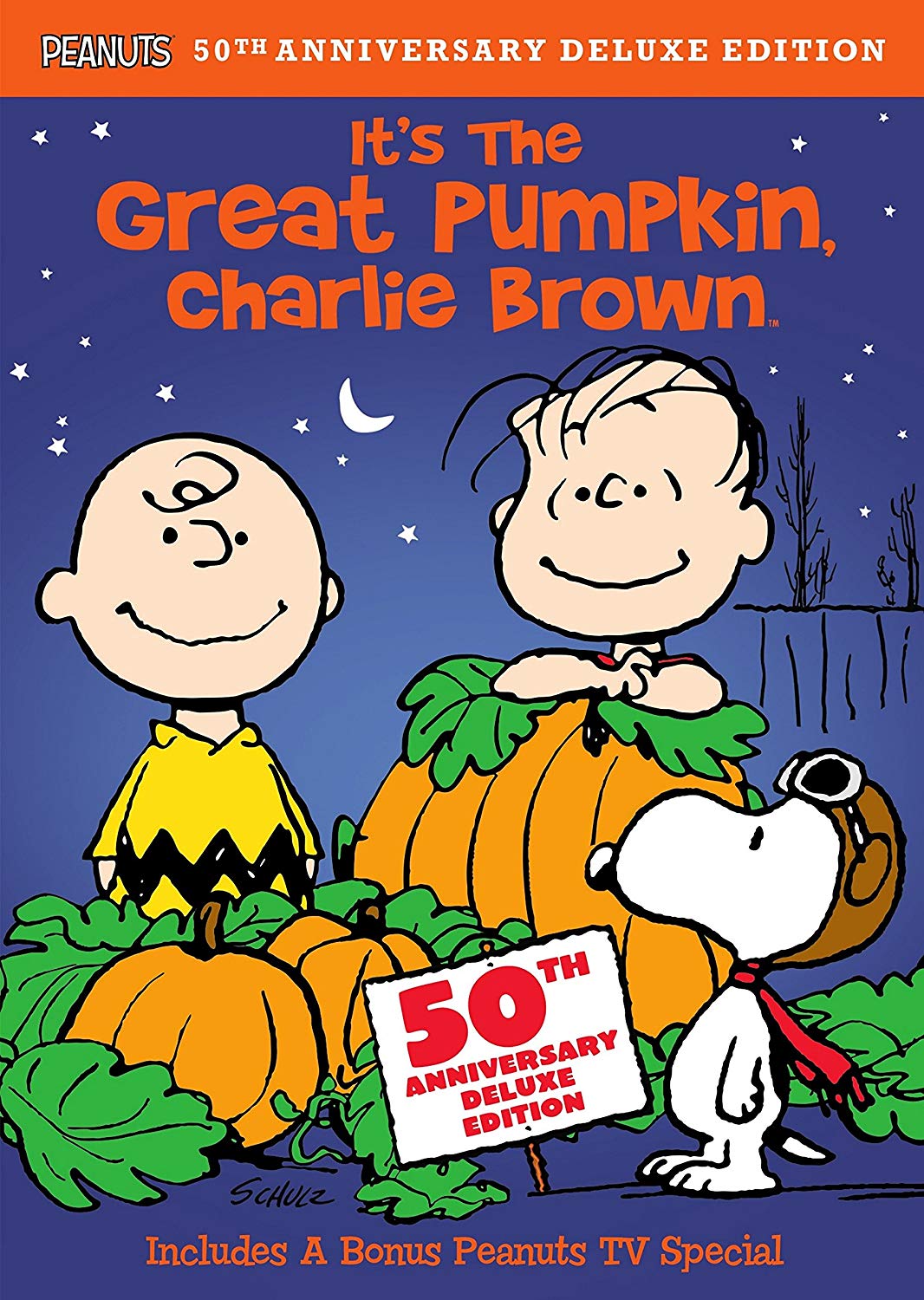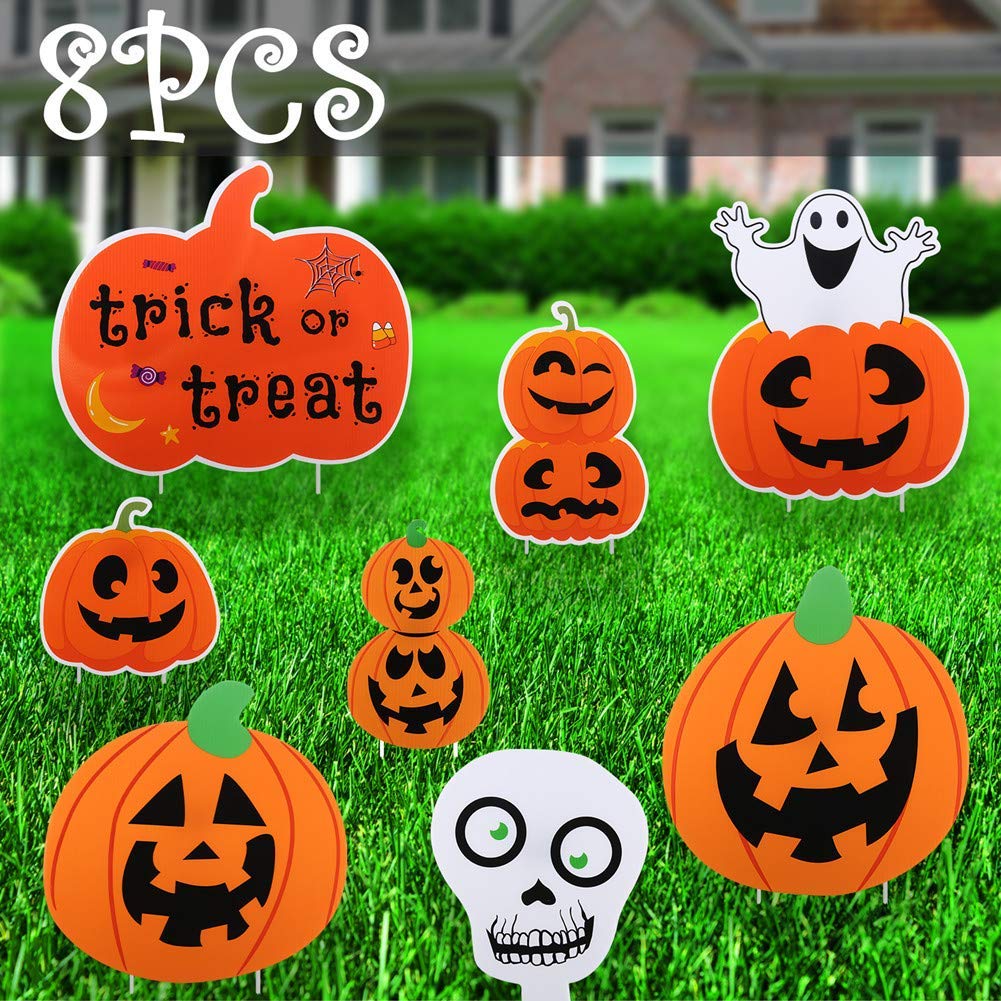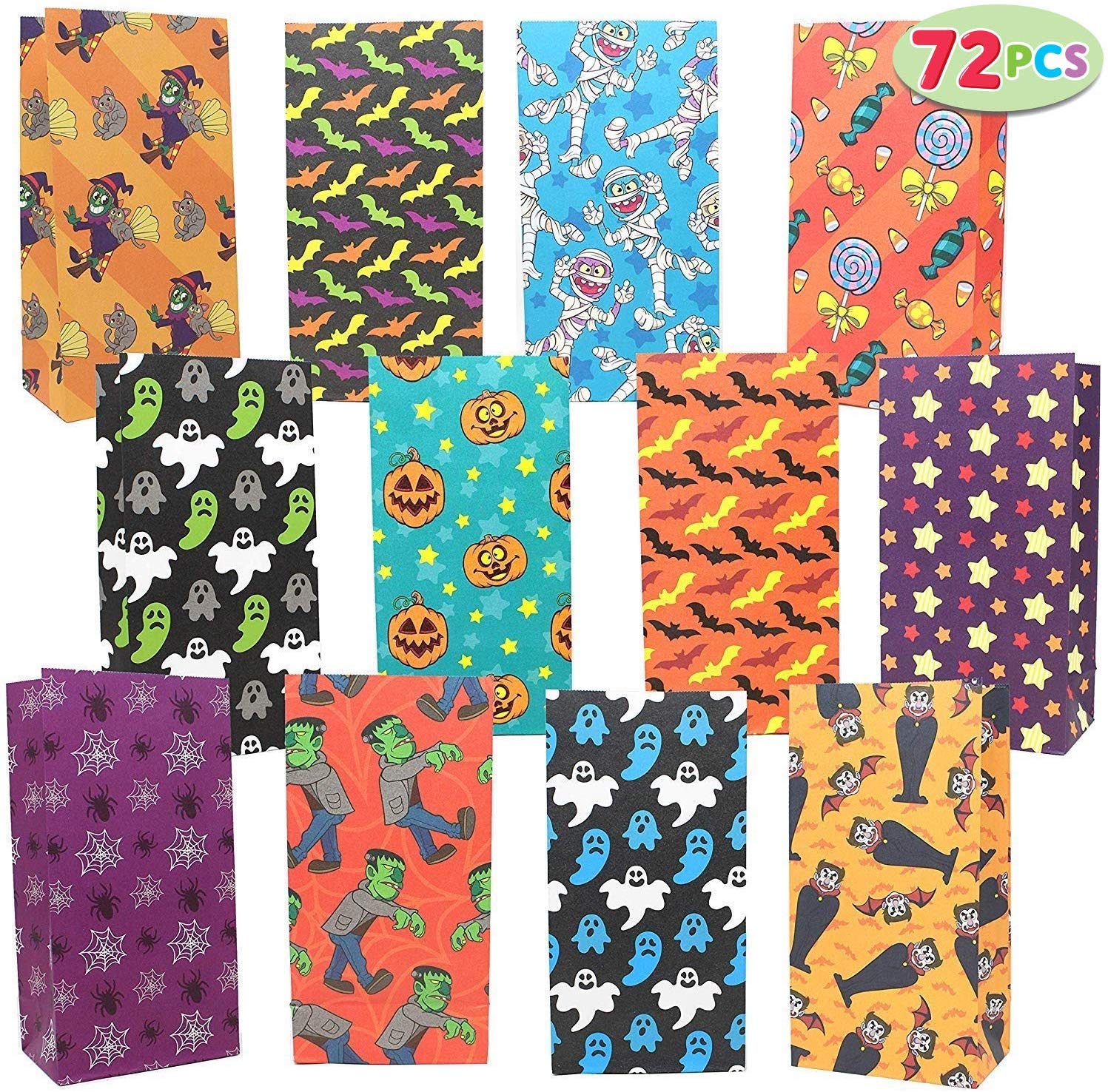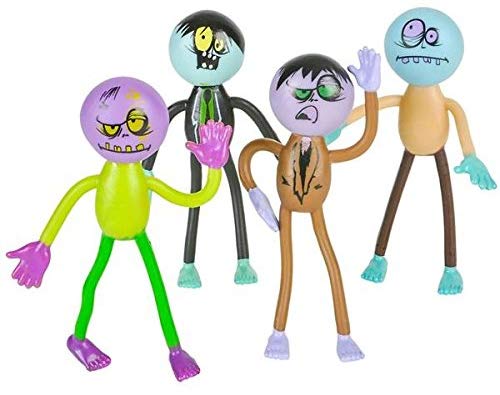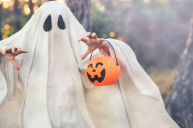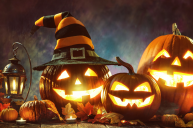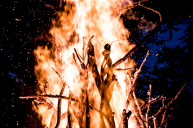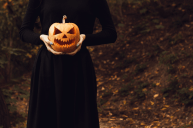During our childhoods, we associated Halloween with fun Halloween costumes and trick-or-treating. Or, yes, that one holiday where we have candy for breakfast the following day. The older we get, we dissect the true meaning of holidays. Halloween is quite different than Thanksgiving and Christmas though. It's not quite centered around family gatherings and gifts.
Videos by Wide Open Country
Halloween has quite the origin. In my high school geography class, we learned that it traces back to Celtic traditions. The Celts believed that, during October 31-November 1, the dead were able to interact with living beings. To keep away the dead, the Celts began to celebrate Samhain.
During this pagan festival, people gathered together to sacrifice animals and burn crops for pagan gods. They believed this would protect them during a time where the living and the dead were combined. The Celts also believed their sacrifices would help them through harsh winters when crops were susceptible to dying.
Now how does this play into Halloween activities? Samhain participants wore animal heads and skins as costumes. Kind of sounds like a more cranked-up spooky Halloween party, huh? Okay, yes. Way more top notch. Once Christians began to move to Celtic lands, All Souls' Day was coined.
During this time, poor children went door to door asking for food in exchange for praying for the souls of the wealthy families' dead relatives. Like most traditions, Samhain began to evolve more. Especially after immigrants moved to America. Once Halloween reached the United States, we put our own twist on it with jack o'lanterns.
Halloween events in the early 19th century in America consisted of pumpkin decorating instead of gourds and trick-or-treating. This time, children were simply asking for candy and dressed as their favorite superheroes. Once you start to piece together how your favorite Halloween tradition correlates to pagan festivals and traditions, you start to realize our soft revisions.
Where did "trick or treat" come from?
https://www.instagram.com/p/B3u7vv5Fhpg/
Just think, it makes sense why the fun haunted houses we pay to go to are full of characters representing the dead, from ghosts to ghouls to goblins. It was thought that the dead were going to visit earth on October 31. One of the biggest questions is where did "Trick or Treat" originate from. Some believe it was an incentive for families to pass out Halloween treats to children. If treats weren't given, children proceeded to play pranks on them.
To sum things up, Halloween is a mix up of many religious festivals and practices. Traditions have changed, but the thing that has remained constant is that Halloween night is one of the most exciting holidays for children. I get nostalgic thinking about the popular candy from my childhood, and attending my hometown's Spooktacular, which was a Halloween parade full of fun games, costume contests, and candy for young trick-or-treaters.
What are the hours for trick or treating?
While it varies, expect your first arrivals early in the evening just before the sun sets. Between 5:30 p.m. and 6:00 p.m. are when you'll see your first wave of youngsters, while most older trick-or-treaters (think teens up to 15 or so) will finish around 8:00 p.m. and 9:00 p.m. Larger cities like Atlanta set trick or treating hours.
Ready to celebrate Halloween? What you need for the Best Halloween Ever
1. The Best Facepaint Kit, According to Reviews
Facepaint is the best! It's time to bring out your inner artist.
2. The Best Movie for Post-Trick-or-Treating Snacks
Charlie Brown is a classic.
3. The Best Cheap Yet Fun Lawn Decorations
Holiday decor is just the best.
4. The Treat Bags You'll Thank Yourself for Having the Night Before
You can't go wrong passing out goodie bags!
5. The Best Flashlights Under $20
Perfect for scary stories in the dark.
6. The Best Decor Because You Can Reuse It Every Year
Forget vampires, zombies are the coolest.
